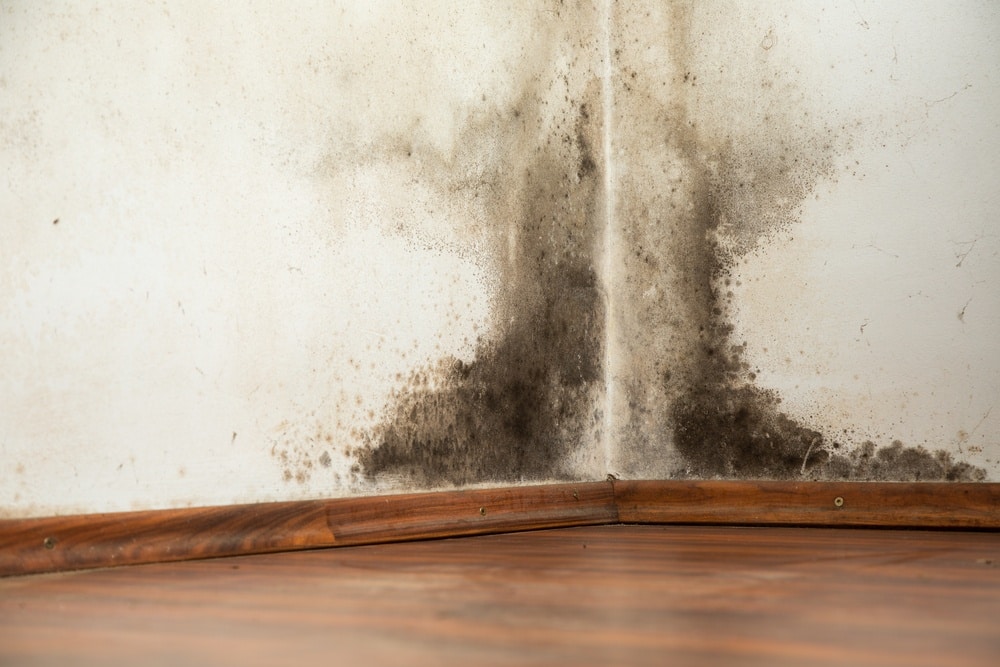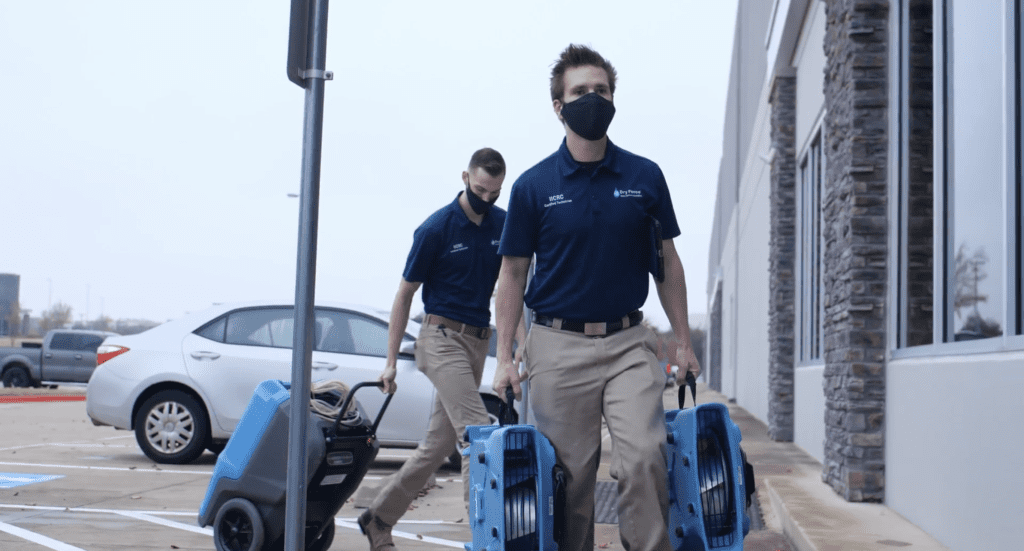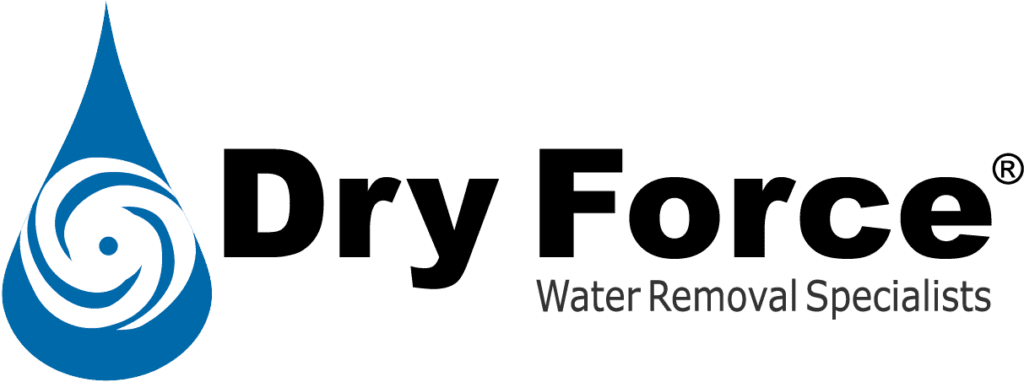
Water can be healing and refreshing for us, but for the walls and ceilings of our homes and businesses, water can cause costly repairs and damage. Drywall or ceiling water damage can lead to mold and possible health problems if left unaddressed. We have created an outline of ways to spot the signs of water damage. In addition, we have developed a list of tips for how to repair a water-damaged ceiling or drywall. Be prepared for future leaks or floods by viewing our tips and recommendations.
Table of Contents
3 Steps to Repair Water Damage
Water-damaged drywall and ceilings can be addressed on your own. By following these three steps, you can begin your own drywall water damage repair.
1. Find the Source of the Leak
If you repair the drywall or ceiling without finding the source of the water, it will continue to cause more damage. Finding the source is the crucial first step to lasting repairs. The excess water may be coming from a roof leak or a burst pipe under the floors or in the walls. Locating the source can prove challenging because water can travel far from the initial leak.
2. Remove Water Damaged Drywall
Removing damaged drywall can help you locate and repair the source of the water leak in your home. Remove the drywall by hand or by using the claw end of a hammer. Use a keyhole saw to cut a hole around the water damaged wall, leaving the undamaged wall intact. Before any removal begins, it’s best to lay down tarps on the floor to catch any dust, debris, or pieces of drywall that will fall. Not only does it make cleaning up easier on you, but it prevents damage to your floors.

3. Perform Repairs
Repair the holes in the wall by cutting out and inserting a replacement piece of drywall. The replacement piece of drywall should be 2 inches longer and wider. Use a pencil to draw lines 1 inch from all edges, forming the outline of the hole. Cut through the backside of the replacement drywall with a utility knife.
For larger repairs, a drill might be needed to create holes in the replacement board. The larger the water damage overall, the more likely you’re going to need to call in a professional water damage restoration company to fully assess and repair the damage.
Tips & Insights: Ways to Submit a Water Damage Insurance Claim
How to Dry Out the Walls After Water Damage
Making sure the walls with water damage are fully dry is crucial to avoiding mold growth and structural complications. Drywall is made out of absorbent material such as gypsum and cardboard-like paper. It can absorb up to 30 inches of water. The water “wicks” up the drywall. Water damage is typically worse on the inside of the wall since it has less ability to evaporate.
How to Dry a Wall After Water Damage
Here are some tips to help speed up the drying process:
- Let the room air out by opening windows and doors
- Use a dehumidifier
- Remove anything from the walls like molding, baseboards, art, picture frames, wallpaper
To ensure that all drywalls are free of water damage, call a professional to perform the necessary repairs to combat severe issues. The damage could be hidden to the untrained eye and could lead to further problems down the road if not addressed.

Signs of Drywall Water Damage
There are three major signs that drywall has water damage and needs to be repaired by a professional. Knowing what these signs can help if you aren’t aware of a water leak going on behind the scenes.
- Discolored Walls: Water stains cause walls to have coffee-colored stains on them
- Mold: Mold grows in damp areas, so if you’re seeing some grow above drywall or on ceilings, then that means you may have water damage.
- Holes In the Flooring: Holes can mean the floor is rotting, which can be caused by water damage.
Dry Force Water Damage Restoration Process
When a water emergency strikes, the experienced team at Dry Force can help restore your drywall and ceiling. Our technicians follow a tried and true restoration process.
Initial Loss Discovery
When the damage is first discovered, we work to dispatch a team within 60 minutes of receiving your phone call so we can begin the restoration process.
Assessment
Once we’re on-site, we will complete an assessment of the water damage to your drywalls and ceiling prior to beginning the necessary repairs. We use moisture meters, digital thermal cameras, and hammer probes to identify areas that might not even be showing signs of damage.
Tips & Insights: 7 Mold Prevention Tips to Follow In Your Home
Equipment Setup
We use the newest and most efficient equipment to restore and repair your ceiling or drywalls. Our water damage restoration equipment is quieter, uses less power, and has a smaller footprint than older fans.
RMS
We are experts in Remote Monitoring Systems. We conduct readings every five minutes to ensure your property is dried effectively. Your day won’t have to be interrupted by us monitoring moisture levels in-person.
Documentation
It takes about 3-5 days to completely dry. When you’re all set, we’ll provide you with extensive documentation including RMS readings and pictures taken during the restoration process.

Water Damage Repair & Restoration Services
Our team of technicians is available to restore normalcy to your property. We offer exceptional water damage restoration services in Austin, TX and other areas. Homeowners and businesses in the area trust the expert technicians at Dry Force to repair their drywalls and ceiling after water damage.
Our staff offers various types of water damage restoration solutions solutions such as burst pipe maintenance, storm damage repair, slab leak detection, roof leak repair, and flood damage restoration. Emergencies don’t happen on a schedule, so our team is available 24/7. Our services are prompt and our specialists are communicative to make this stressful process easier. If you’ve recently had drywall or ceiling water damage, call our team of water damage specialists by phone at (877) 589-7504 to schedule an appointment.
Tips & Insights: What Are the Main Signs Of Mold In a Home?
